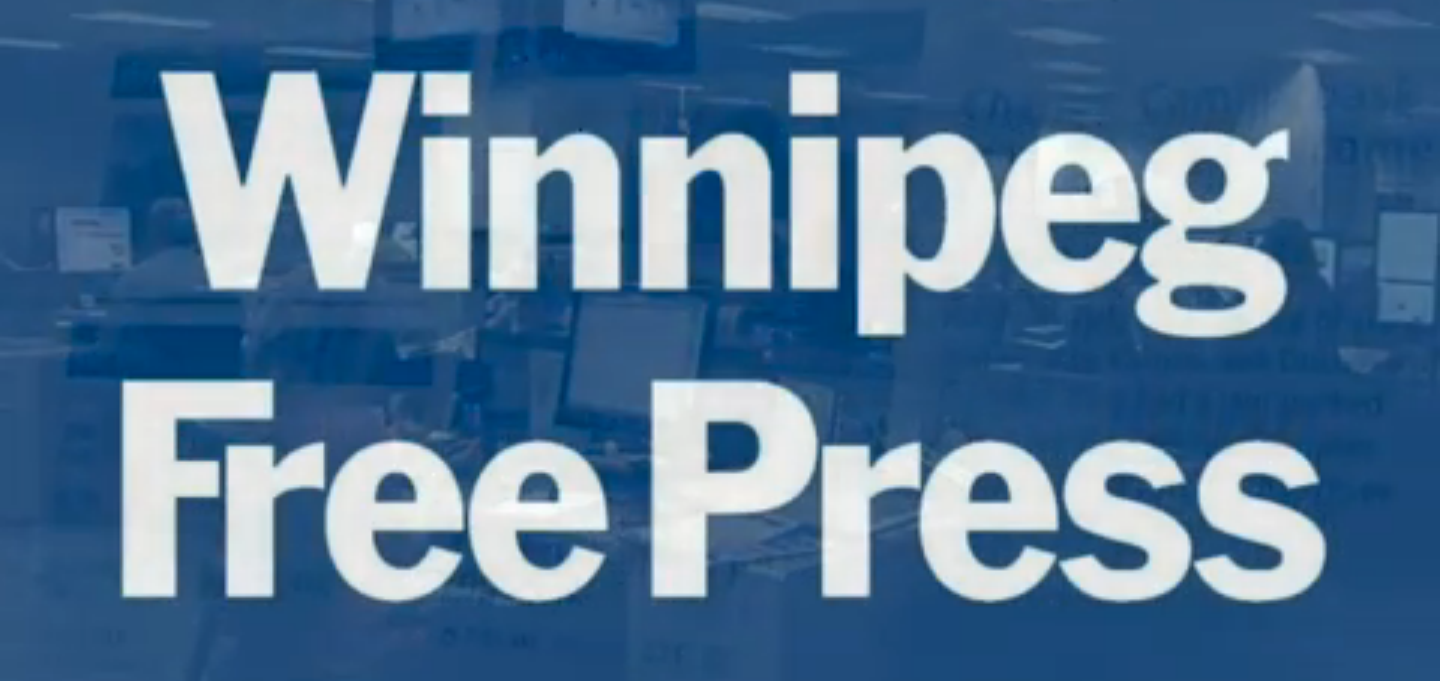Some lessons learned from last month’s newspapers Canada Conference in Toronto.
[[{“fid”:”4410″,”view_mode”:”default”,”fields”:{“format”:”default”,”field_file_image_alt_text[und][0][value]”:””,”field_file_image_title_text[und][0][value]”:””},”type”:”media”,”attributes”:{“style”:”width: 400px; height: 189px; margin-left: 10px; margin-right: 10px; float: right;”,”class”:”media-element file-default”},”link_text”:null}]]By Joe Banks
Amidst the mediaspeak from psychographics to programmatics, the words that got my attention at the Newspapers Canada Conference in Toronto May 22 were the ones that drew a clear and direct line between the base supplier (the journalist) and the buyer (the reader).
The ones that left me bored covered everything in between. Talk to me about real people and stories about them, and you’ve got my attention.
And so, the seven-minute speed-dating seminar by Bob Cox, publisher of the Winnipeg Free Press and chair of the Canadian Newspaper Association, opened my eyes. It got more than a few publishers and editors talking later over the coffee break, which is never a bad sign. One owner told me he was going to implement the idea as soon as he got back (woe is you, poor system admins).
Cox, who also oversees the Brandon Sun and eight community newspapers in Manitoba, halted our cup-stirring and social banter by describing how the Free Press set up a subcommittee of young non-managers and digital people, giving them ownership of a project, without interference earlier this year.
The mission?
To get people to pay for newspaper content, at least those beyond the traditional subscriber.
They came away with a brilliantly simple idea: they and their contemporaries are willing to buy music and books by pennies, nickels, dimes and quarters. Why not their news and stories of interest?
I googled the concept right away, because I thought somebody must’ve tried this before. It turns out, not that many; definitely none in North America. Winnipeg is the first. J-Source detailed the concept earlier in a March 31 story, here.
“Web natives won’t commit to subscriptions, but they’ll buy in bits and pieces,” said Cox. Nobody disagreed.
The result was a payment method based on the way they and their friends pay for things online. That is, by the piece, not by subscription.
The system charges 27 cents per article to casual users, but it also captures all users of the newspaper’s content, gives frequent users a subscription option, and makes every reader’s experience unique with personalization based on daily use, habits and tastes.
The result?
Content was enhanced and editorial staff was added. Beyond that, the jury is still out, but WFP attracted 110,000 registered users in May when it launched.
Cox didn’t tell us how many actual dollars were earned to back the operations—always the question—so we’ll have to stay tuned.
But the idea is worth watching, even in an era of tried-and-failed experiments surrounding finding ways to pay for good journalism, because it is easy to understand, ties a value to a story to a one-off user, and is the first newspaper in North America to have tried it. (Another one in Holland and a few others tried it first).
The other speaker who got the room’s attention was Paul Godfrey, president and chief executive officer of Postmedia Network Inc. He has been less revolutionary than Cox, but helped us make sense of why, in an era of declining print advertising revenues, he would buy the Sun chain of newspapers where he spent 16 years.
It turns out that his intention was not much more complicated than to get bigger, with the resulting and inevitable concern being whether bigger means fewer staff, and fewer jobs for journalists.
But if Godfrey is held to his word, there won’t be any more laid off reporters. He came close to acknowledging that has been a short-sighted, short-term and foolish response for the past decade because it has undermined quality. But all other newspaper costs including administration, sales and circulation departments, in other words, will feel the impact of the merger.
For the time being at least, Canadian journalism won’t take a hit for the sins of debt and scale. We’ll see if Godfrey’s pledge to a roomful of newspaper executives holds true.
[[{“fid”:”3589″,”view_mode”:”default”,”fields”:{“format”:”default”,”field_file_image_alt_text[und][0][value]”:””,”field_file_image_title_text[und][0][value]”:””},”type”:”media”,”attributes”:{“style”:”width: 100px; height: 108px; margin-left: 10px; margin-right: 10px; float: left;”,”class”:”media-element file-default”},”link_text”:null}]]Joe Banks is the coordinator of and professor in the Algonquin College Journalism program, in Ottawa, and has been a working journalist, editor and publisher for 36 years. He writes the Media Musings column for J-Source.

